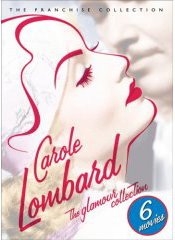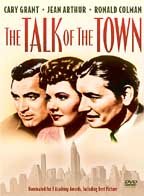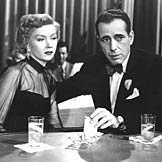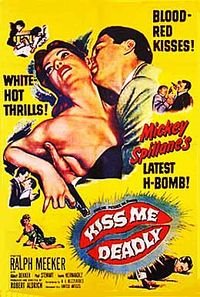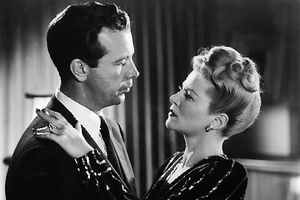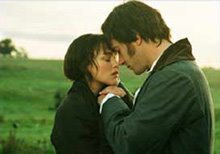
I’m extremely annoyed with myself because I had written the beginnings of a piece on the film
Pride & Prejudice and I can’t seem to find it now. So, starting from scratch …
I loved this film. But let me start where my first version started. With Jane Austen.
When you go to university and get your degree in English literature you end up reading a lot of books. That makes sense; it’s reasonable. However, it should be noted that many of these books, in fact (at least initially) are mind-numbingly dull. So it’s a hard slog.
This isn’t to say the books are without worth. They would not be on the curriculum if they were. But books are more than arranged words. They are ideas. They are culture. They are societies. And they are history.
So, when reading an older book, particularly one from the 17th, 18th or 19th centuries, you are dealing with attitudes, culture, syntax and many other things that are not your own. Thus, many older works are not as readily accessible as contemporary ones. It takes some time to acclimate to the author’s style and the world he or she is telling about.
Jane Austen’s
Pride and Prejudice was the first novel I read while studying Enlish literature that I almost immediately was absorbed by. I couldn’t believe how easily it read. I couldn’t get over how much I liked it. Yes, the sentence structure and characters and story overall seemed a bit formal, yet it read so well. It was so engaging.
Why? There is a litany of reasons you could list off, beginning perhaps with wit, but I think the main reason is behaviour. Jane Austen has human behavior nailed down.
Now, finally getting to the film, what I most like about the movie
Pride & Prejudice is how it articulates and shows human behavior. I don’t have Austen’s text memorized so I can’t compare the film and the book, but I’m pretty sure the movie takes numerous liberties with her story. But that’s okay. I think it remains true to its essence, how people behave.
More than anything else, I love how the film depicts women. I think a lot of this is communicated by camera work, editing and sound/dialogue. I noticed how the camera (using a steadi-cam) is often moving, moving, moving when we have the several sisters together. In a house full of women (Mr. Bennet excepted) it captures the constant activity of women, the several conversations that occur simultaneously, just as women seem to do when they are together. One is playing piano, two are chasing one another through the house, another is working on the table setting … all are doing something, yet all are interacting with the other women in the house. And all at the same time.
And Mr. Bennet stands back bemused and befuddled by it all, and also in love with all of it.
This is what I most love about this movie – the depiction of women.
I would add, too, that for someone (me) who pays more attention to story and structure and isn’t terribly observant when it comes to the visual aspects of films, I was also struck by how this film was shot. As I mentioned above, there is a great deal of camera movement, usually in informal scenes, especially when the women are relaxed, being themselves with one another. But the film is also quite static and consciously framed in the more formal scenes. In fact, there is a certain Sergio Leone quality to the way some scenes are staged for the framing. Or so it seems to me.
In some films, this could be a problem. It would be simply too much cinematic artifice for a convincing film. But I think in this case, with the world it is showing us, it works perfectly and it’s definitely one of the aspects of the movie I most enjoyed.
I also loved all of the performances. Although a few have disagreed, I think Keira Knightly is perfect as Elizabeth Bennet, as are Donald Sutherland as Mr. Bennet and Rosamund Pike as Jane. It is, however, a bit misleading to mention those three since everyone in the film is bang on.
Finally … to be honest, the film works because it begins with such extraordinary material. Jane Austen has to be credited with that. It is simply a great story, well told. The movie itself is a success because of how it presents that story, and that lies in the excellence of the screenplay, direction and performances.
This film is about as close to a perfect love story as they get.
Tag: Movies, DVDs, Pride & Prejudice, Keira Knightly, Jane Austen
 While you couldn’t call it a great movie, I was surprised at how much fun was to be had with the musical film Week-end in Havana (1941).
While you couldn’t call it a great movie, I was surprised at how much fun was to be had with the musical film Week-end in Havana (1941).

